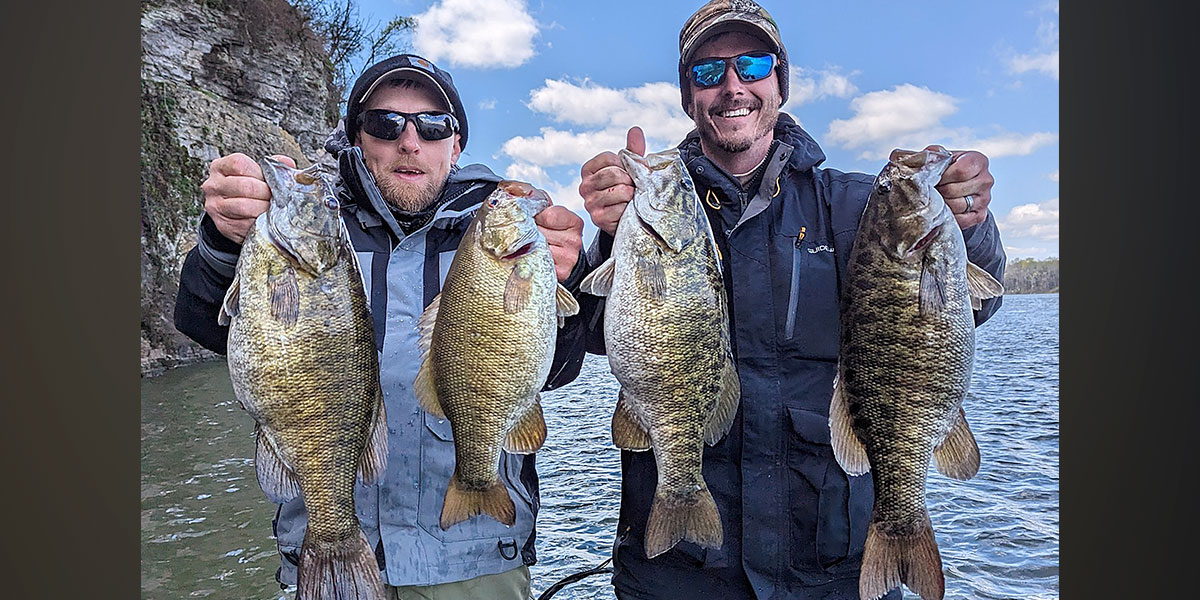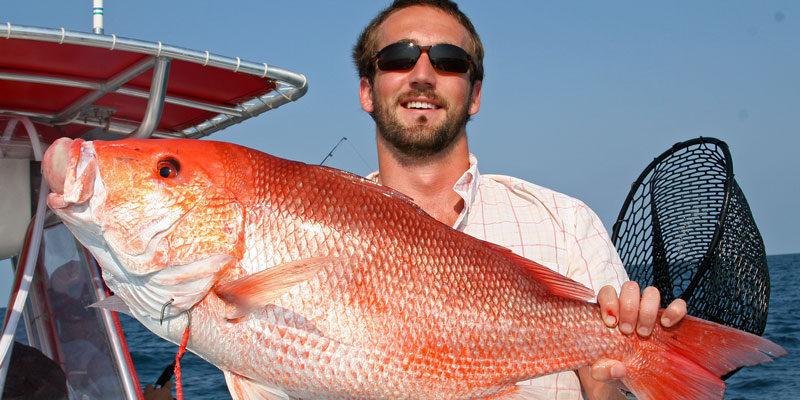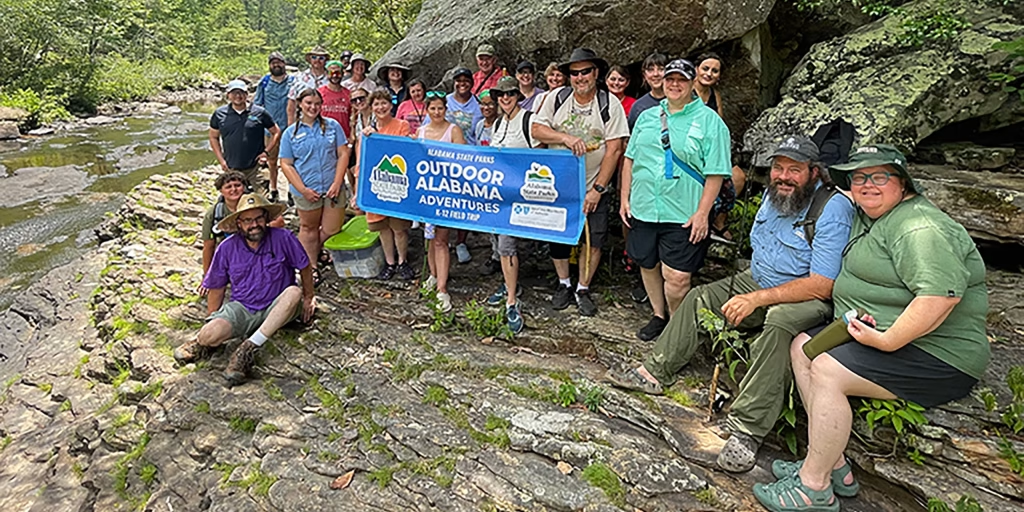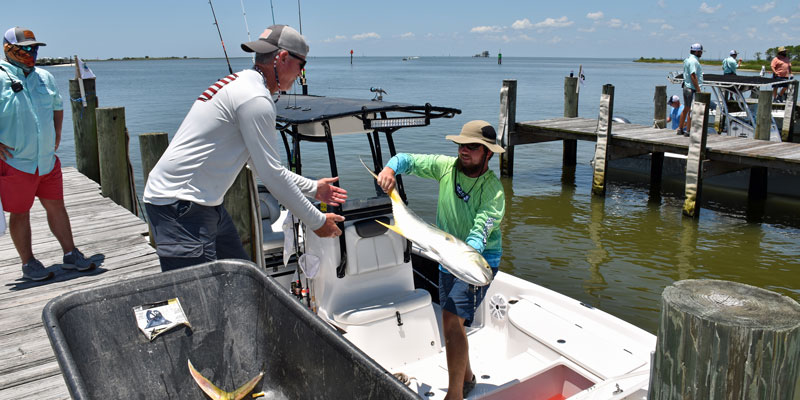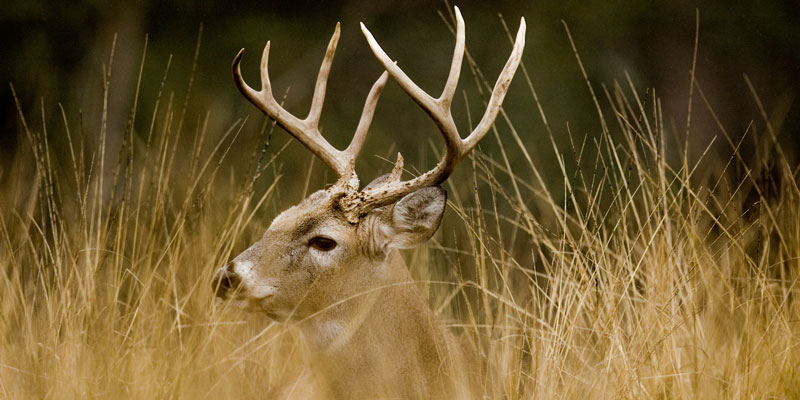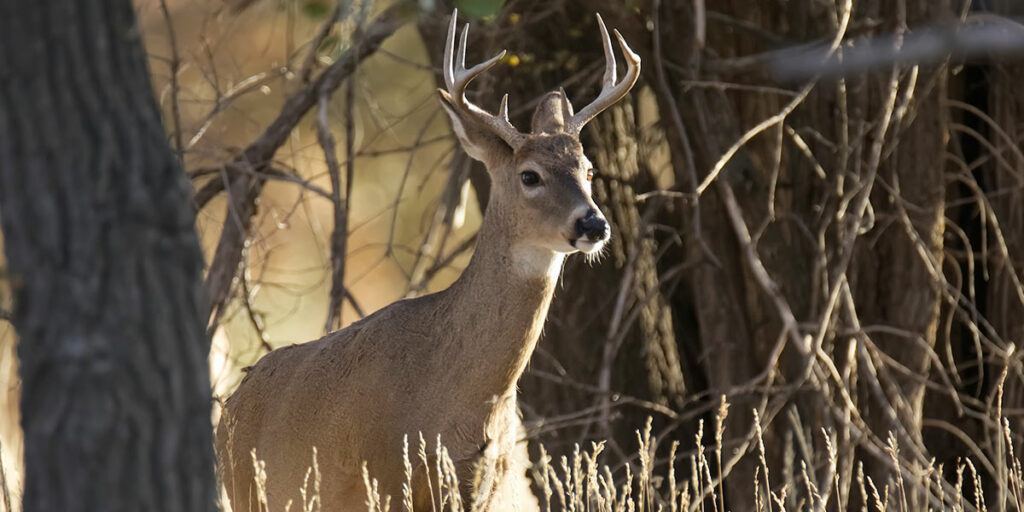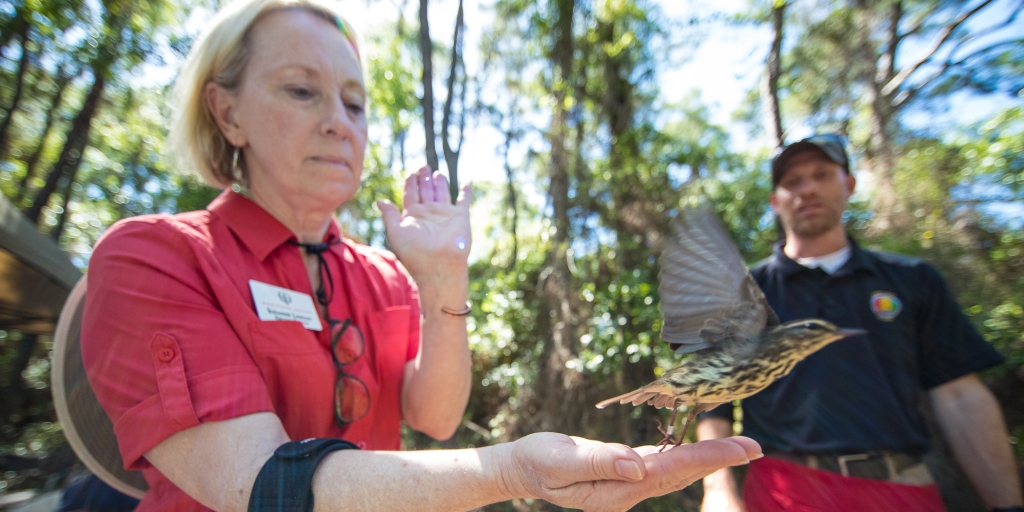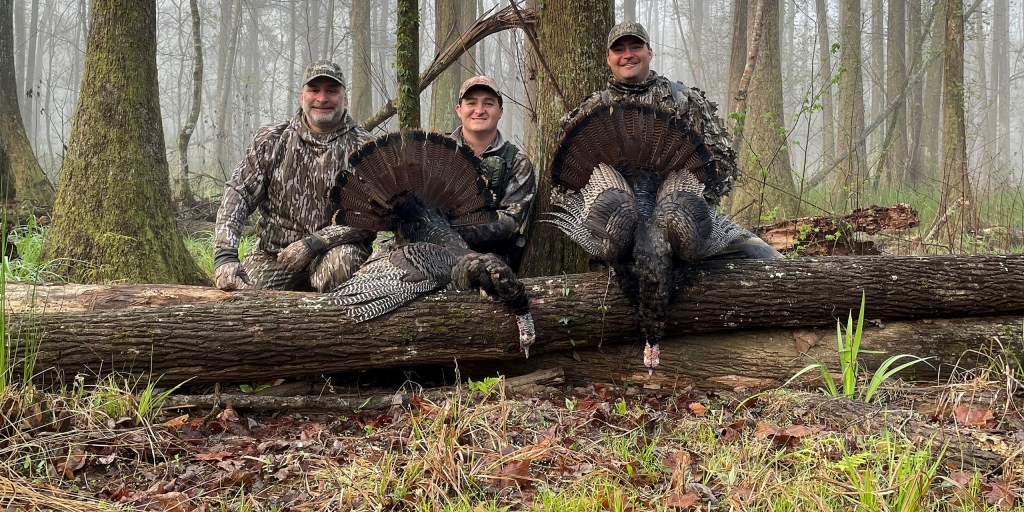Veteran Tennessee River guide Jimmy Mason had been on a roll recently until a phenomenon known only to a specialty segment of the media and their numerous guides struck.
That phenomenon is known as the outdoor writer’s curse.
Mason guides mainly on Pickwick and Wilson lakes in northwest Alabama, and his clients had landed eight smallmouth bass that weighed 6 pounds or better. For those who aren’t familiar with smallmouth fishing, that 6-pound mark is the holy grail, similar in accomplishment to catching a 10-pound largemouth bass.
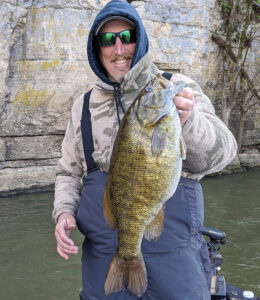
The day before I headed to Florence to join Mason for a day of fishing, the weather forecast indicated only a miniscule chance of rain. When I got to the destination, the rain chances were upped to 40%. Yep, you guessed it – it rained on us almost the entire time we were on the water.
Meanwhile, Mason had to borrow a friend’s bass boat because of trolling motor issues on his new boat.
Undaunted, we launched at McFarland Park and headed for the Wilson Dam tailrace on Pickwick, expecting the smallmouth that had been so willing to bite during the previous week to still be cooperative.
Wrong. We were throwing the favorite swim baits into the current in all of Mason’s honey holes and basically came up empty. After a couple of unproductive hours, I asked him if he’d ever heard of the outdoor writer’s curse. He had no idea what I was talking about. I texted one of my outdoor writer buddies from Huntsville and told him how tough the fishing was. His response was “outdoor writer’s curse.”
I finally hooked a fish and thought the drought might be coming to an end, but I soon realized it wasn’t a hard-charging, drag-stripping smallmouth on the line. It was a blue catfish, about 4 pounds.
The next strike, about an hour later, had me a little more excited because of the fight. Nope, it was a 4-pound hybrid striped bass.
After hitting all of Mason’s favorite spots, he said, “Let’s load the boat and head to Wilson.”
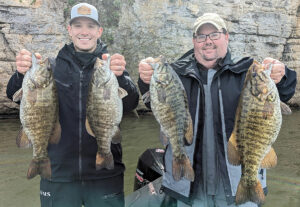
About 30 minutes later, we were putting the boat in near the Wheeler tailrace on Wilson, where Mason has had great success.
“How long has it been since you’ve been skunked,” I asked.
“At least a couple of years,” Mason said.
“You probably had an outdoor writer in the boat,” I responded.
Mason finally connected and thought the day might be improving, but it was a 2-pound largemouth. He caught another largemouth and a hybrid before we finally cried “Uncle.”
To cap the frustrating day, and at least add a comical ending to it, I managed to accidentally pull the cord on my inflatable life jacket as we got out on the boat ramp and ended up looking like Chris Farley in the movie “Tommy Boy.”
I asked Mason when the best time is to catch a trophy smallmouth.
“Until today, I would have said right now,” he laughed. “You know Pickwick is known for its smallmouth. So many of my clients come here for that smallmouth of a lifetime. Pickwick and Wilson, which I look at as almost interchangeable, are two of the best lakes to have a chance to catch that 6-pound smallmouth. This time of year, they’re moving up in that pre-spawn feed.”
Mason said the smallmouth bite can happen as early as February when north Alabama has a warm spring, but with normal weather patterns, the smallmouth pre-spawn feed happens during March and can extend into April.
“Current is such a big deal on the Tennessee River,” he said. “You’re looking for eddies. You’re looking for areas where the current will bring the bait to them, like rock piles, gravel bars, shell beds and high spots, anywhere the fish can sit in the slower water and wait for bait coming by in the faster water.”
Mason said those conditions could be available in a variety of water depths from 3 to 5 feet to as deep as 10 to 12 feet.
“During the pre-spawn feed, a lot of fish will get right on the rip-rap banks, the bluff banks,” he said. “That’s when you can go with crankbaits, like the 200 Bandit in red colors or a Bomber Flat A. You want a bait with a tight wiggle that will get down to 6 to 8 feet. You’re looking to imitate a crawfish. You’ve got to get tight to the rocks, making those long casts parallel to the rocks. The fish are sitting in those little current eddies along the rocks.”
As the spring progresses, the smallmouth start transitioning to spawning activity, but Mason said it’s not like flipping a switch.
“As the water temperature gets into the low to mid 60s, the fish go from looking to feed to spawning,” he said. “And not every fish will spawn at the same time. You’ll still have some pre-spawners.
“More so on Pickwick than Wilson, Pickwick is a drawdown lake, and the fish won’t make a big spawning push until the lake comes up to full pool, which is usually around mid-April.”
When the spawn commences in earnest, Mason switches tactics and baits. He goes from a fast-moving bait, like a swimbait with a ½- to ¾-ounce jighead and 4 ½-inch grub in shad colors, to what he calls a dragging bait, like Yum Dingers, Wacky rigs or small Shaky Head baits.
“You seldom see a smallmouth bedding in Pickwick because they spawn in 4 to 8 feet of water, deeper than you can see,” he said. “I’ve actually only seen one visibly on the bed, so it’s blind bed-fishing. You’re going into those areas with slack water near current with a hard bottom. Using finesse plastics is by far the best way to catch them. When you feel that gravel in the slack water, you know you’re in the right area.
“The Horseshoe is one of the big spawning areas on Pickwick, but anywhere up and down the lake where you have gravel and slack current, you’ll find spawning smallmouth.”
He also will sometimes use a specific spinnerbait in the spring, a Booyah with a single willow-leaf blade.
“That Hildebrandt blade has really got a lot of thump to it,” Mason said. “One of the key deals in the current is a single No. 5 willowleaf will not rise nearly like a double willowleaf or a willowleaf-Colorado. Those are really hard to keep down in a heavy current.”
When the spawn comes to an end, the fish are hungry again. Mason then returns to his pre-spawn tactics.
“Post-spawn is a really fun time because the fish are back in the feeding mode,” he said. “One of the cool things at that time of the year is the topwater bite gets really good. That’s about the time the shad spawn begins, late April to mid-May. You’ll get a good topwater bite on the rock banks in the morning.
“When you get down to the mid-lake section where there’s a lot of grass, the shad spawn is really heavy down there from the Colbert Steam Plant down to Waterloo. You can get a good topwater bite on a Super Spook Junior or a half-ounce spinnerbait with double willows so you can cover water fairly quickly through the grass. The key that time of year is when you see shad follow your baits, you know the smallmouth are around. That’s a super fun time of the year. That usually lasts two to three hours in the morning. Then you can go back with the soft plastics, like a Carolina-rigged creature bait, or you can slow-roll a spinnerbait in a little deeper water. Those fish will pull out just a little bit on those same bars.”
Visit www.northalabama.org/listing/
Just remember not to invite an outdoor writer to go with you.
David Rainer is an award-winning writer who has covered Alabama’s great outdoors for 25 years. The former outdoors editor at the Mobile Press-Register, he writes for Outdoor Alabama, the website of the Alabama Department of Conservation and Natural Resources.




